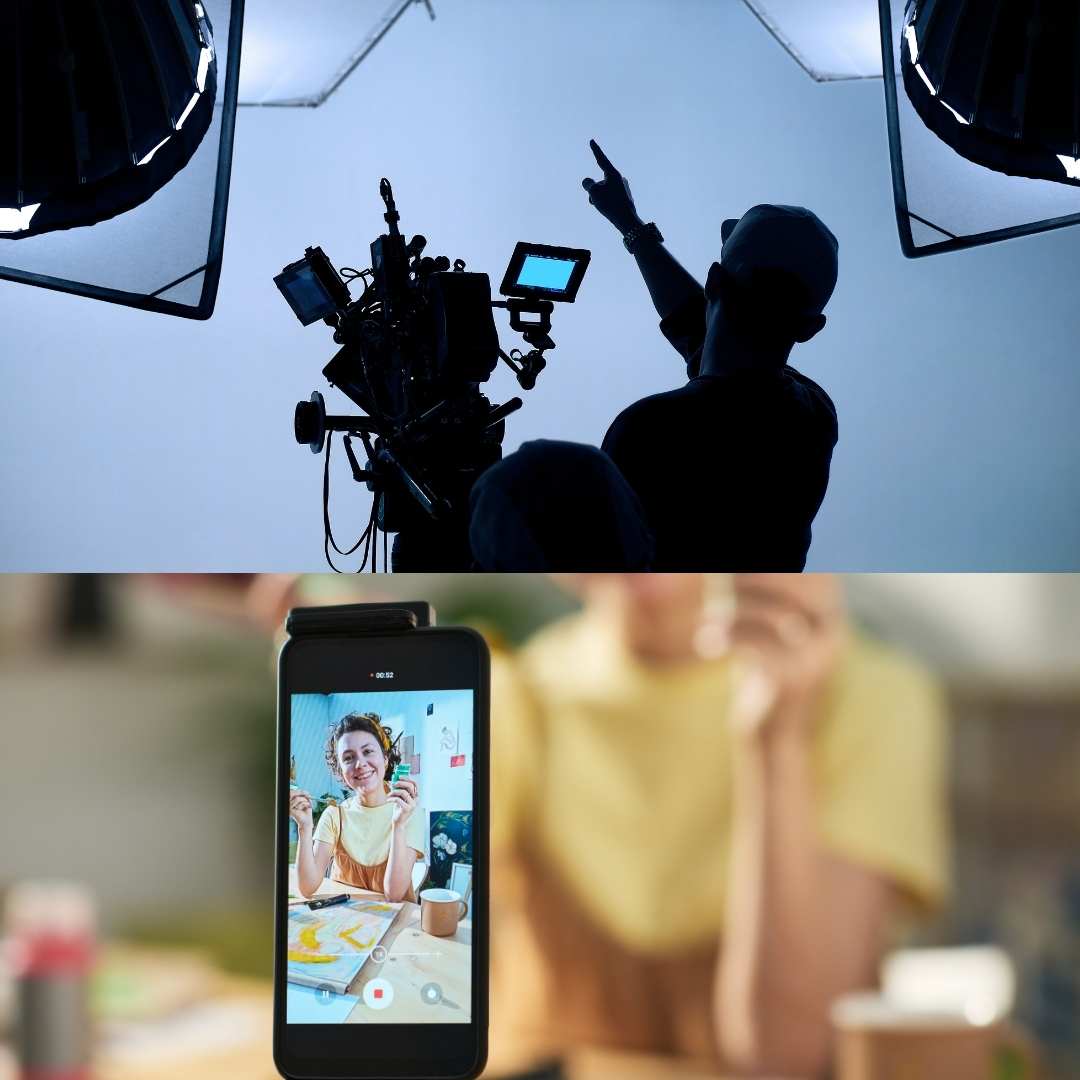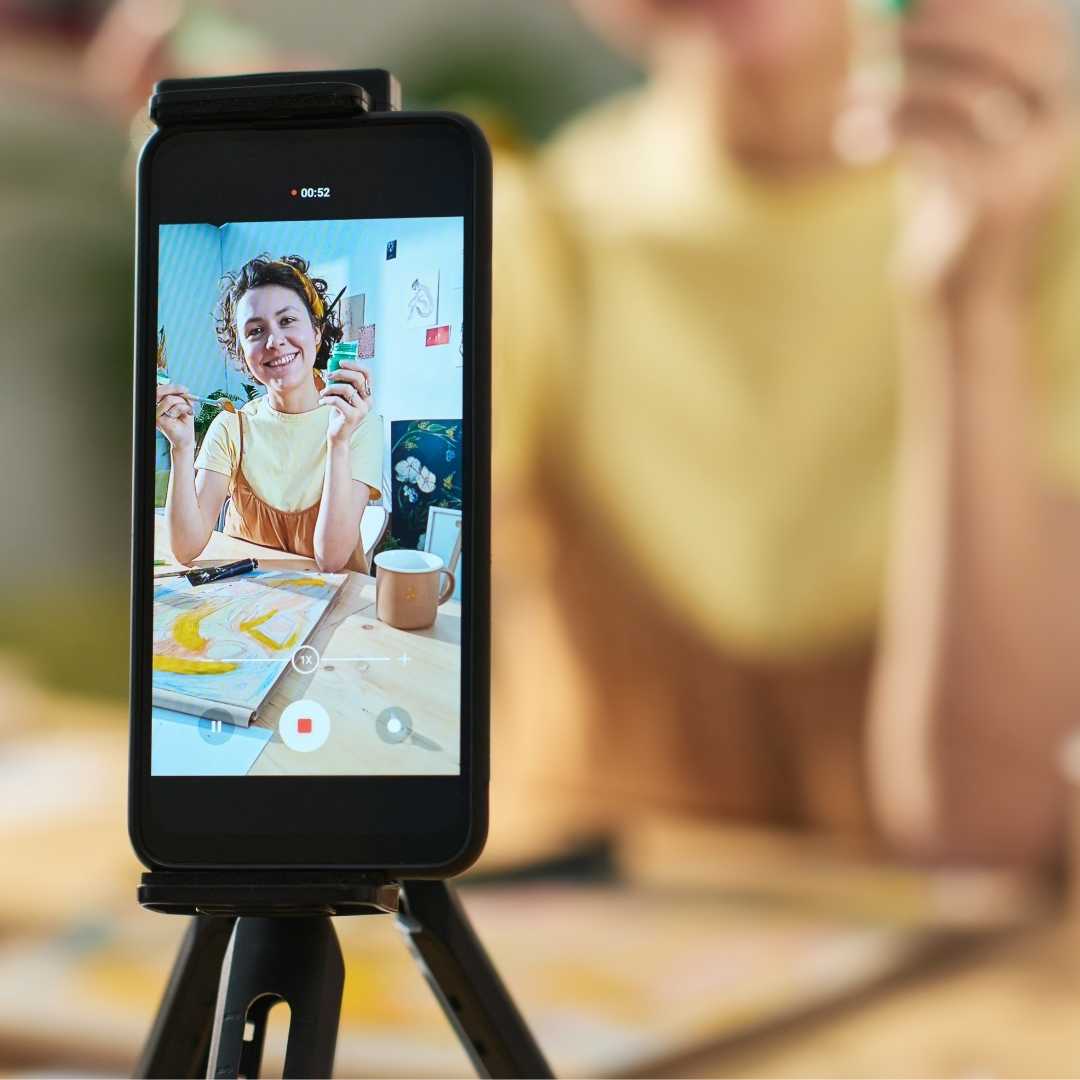The walls between personal and professional identity are fading fast. The modern professional is no longer just a cog in the corporate wheel — they’re becoming a creator, a thought leader, and in many cases, the face of their company.
Welcome to the era of the employee influencer — everyday professionals who are building personal brands that strengthen both their careers and the companies they work for.
If you’ve ever thought, “I want to grow my presence online, but I don’t want to quit my job,” this guide is for you.
1. The Rise of the Employee Influencer
Scroll through LinkedIn today, and you’ll notice something: it’s not just executives or entrepreneurs posting anymore. Engineers share behind-the-scenes videos of product builds. HR specialists post career advice. Designers explain their creative process. These professionals aren’t waiting for permission to lead — they’re building visibility through authenticity.
This movement isn’t just about vanity metrics or follower counts. It’s about connection and credibility. People want to hear from people, not faceless brands. And companies are finally realizing that when their employees share insights, stories, and values online, it amplifies brand trust.
A 2024 LinkedIn report found that content shared by employees receives 8x more engagement than the same content shared by company accounts. Why? Because authenticity wins. Audiences connect more deeply with humans than with logos.
2. Why Building a Personal Brand Matters (Even If You’re Not a CEO)
The idea of a “personal brand” can feel intimidating — like it’s only for influencers, founders, or public figures. But the truth is, everyone already has a personal brand. It’s simply the reputation you build through your actions, your expertise, and the way you show up — both online and offline.
Here’s why it matters:
- It builds credibility. Sharing your professional experiences and lessons learned shows others that you’re knowledgeable and reflective — someone worth following and learning from.
- It attracts opportunities. From promotions and job offers to speaking invitations and collaborations, visibility creates momentum.
- It boosts your company’s reputation. When employees speak with authenticity, it humanizes the organization and builds trust with clients and candidates alike.
- It gives you career security. The stronger your network and reputation, the more control you have over your career path — no matter where you work.
So instead of thinking of personal branding as self-promotion, think of it as career storytelling — a way to help others learn from your journey and values.
3. Common Myths About Personal Branding at Work
Even though more professionals are becoming vocal online, there are still some persistent fears that hold people back. Let’s debunk the biggest ones.
Myth 1: “My company won’t let me post.”
Most organizations today want their employees to share content — they just want it done responsibly. As long as you’re not revealing confidential information or speaking on behalf of the company without permission, your voice is welcome. In fact, many marketing and HR teams are creating internal “employee advocacy programs” to encourage more of it.
Myth 2: “It’s self-promotion — it’ll look bad.”
Authenticity beats arrogance every time. When you share helpful insights, reflections, or stories, you’re contributing value to your community — not bragging. The key is to focus on teaching, not telling.
Myth 3: “I need to be an expert first.”
You don’t have to have all the answers to start building your brand. People resonate more with those who are in the journey — learning, experimenting, and sharing lessons along the way. Expertise grows through consistency, not perfection.
4. How to Build a Personal Brand Without Leaving Your Job
You don’t have to quit your job to grow your voice. You just need to start small, stay consistent, and align your personal values with your professional goals.
Here’s a five-step roadmap to get started:
Step 1: Define Your Voice and Values
Ask yourself:
- What do I care about most in my career?
- What do I want to be known for?
- What insights or experiences could help others?
Your content doesn’t have to be strictly about your job title. If you’re a marketer passionate about creativity, a project manager obsessed with productivity, or a developer fascinated by problem-solving — those themes can anchor your brand.
Step 2: Choose One Platform to Start With
LinkedIn is the best platform for professionals to grow visibility. Start by optimizing your profile — banner, headline, and about section — to reflect your story and strengths. Then commit to sharing something once a week: a short post, a lesson learned, or even a simple reflection on your workday.
If your field leans more visual or creative, Instagram or TikTok might make sense — but don’t spread yourself thin. It’s better to post consistently on one platform than sporadically on five.
The golden rule: show, don’t tell.
- Instead of saying, “I’m an expert in marketing,” share a short post about a campaign you learned from.
- Instead of saying, “I’m passionate about leadership,” tell a story about how you helped your team through a challenge.
- Instead of sharing only wins, include lessons learned from failures. Vulnerability makes you relatable.
If you’re struggling for ideas, start with these prompts:
- “Something I learned this week…”
- “A mistake I made early in my career…”
- “If I could give my younger self one piece of advice…”
Step 4: Engage Authentically
Posting is only half of personal branding — the other half is engagement.
Comment thoughtfully on others’ posts, ask questions, and share content you genuinely find inspiring. Real influence comes from community, not just content.
Engagement also signals algorithms that you’re active, boosting visibility for your own posts.
Step 5: Communicate With Your Employer
If you’re worried about boundaries, have a proactive conversation with your manager or HR team. Let them know your goal is to share professional insights and represent the company positively. Many employers are thrilled when employees want to elevate their field or showcase company culture — it’s free brand awareness.
Transparency builds trust and avoids any misunderstandings down the line.
5. Balancing Company Representation and Personal Expression
Once you start building your online presence, you’ll naturally reference your work — but it’s important to find the right balance.
Here are a few guidelines:
- Speak for yourself, not the company. Use “I” statements, not “we,” unless authorized to speak on behalf of the brand.
- Add disclaimers if needed. A simple line like “Opinions are my own” can protect both you and your employer.
- Stay professional. Even when sharing personal stories, ensure your tone aligns with your company’s values.
- Avoid confidential content. Never share proprietary data, internal screenshots, or sensitive information.
Your goal is to enhance your company’s reputation through authentic storytelling — not become their spokesperson.
6. Real-World Examples: Employees Who Became Industry Voices
The Marketer Who Built a Thought Leadership Platform
A mid-level marketing manager began posting once a week on LinkedIn about the challenges of balancing creativity and analytics. Over time, her posts attracted thousands of views and invitations to speak on podcasts. Her company noticed — and eventually asked her to host their brand’s new video series. Her visibility elevated both her career and her employer’s reach.
The Engineer Who Became a Creator
An engineer started documenting product development lessons and technical breakdowns on TikTok. His bite-sized explainer videos drew an audience of young engineers and hobbyists. Within months, he was recognized as a voice in his niche, and his company’s hiring page started receiving more traffic — all from his genuine curiosity and storytelling.
The HR Professional Who Became a Workplace Advocate
An HR coordinator began sharing tips about company culture, communication, and mental health. Her content struck a chord, positioning her as a compassionate thought leader. Soon, she was invited to panels and her posts were reshared by her company’s CEO — showing how employee-driven branding can reach leadership levels.
These examples prove you don’t need millions of followers to make an impact — just consistency, clarity, and care.
7. The Long-Term Payoff of a Personal Brand
Building a personal brand isn’t about overnight fame — it’s about long-term professional growth.
Here’s what happens when you stay consistent:
- Recognition: People begin associating your name with expertise and trust.
- Opportunities: You attract new connections, collaborations, and projects.
- Leadership: Your visibility often leads to mentoring or management roles.
- Career Insurance: If you ever transition jobs, your reputation follows you — not your company badge.
Think of your personal brand as career equity. Every post, connection, and interaction is a deposit into your professional future.
8. Conclusion: You Are the Brand
Your job title doesn’t define your influence — your voice does.
In a world saturated with corporate marketing, your story is the most powerful tool you have.
You don’t need to quit your job to be an influencer. You just need to show up as yourself — consistently, authentically, and with a genuine desire to contribute value.
Start small. Share one insight this week. Post one reflection. Comment on one peer’s content.
Over time, these small steps compound into something much bigger — a reputation that precedes you and a personal brand that unlocks opportunities you never imagined.
Because in this new world of work, you are the brand — and it’s time everyone knew it.


.jpg)


.jpg)

















